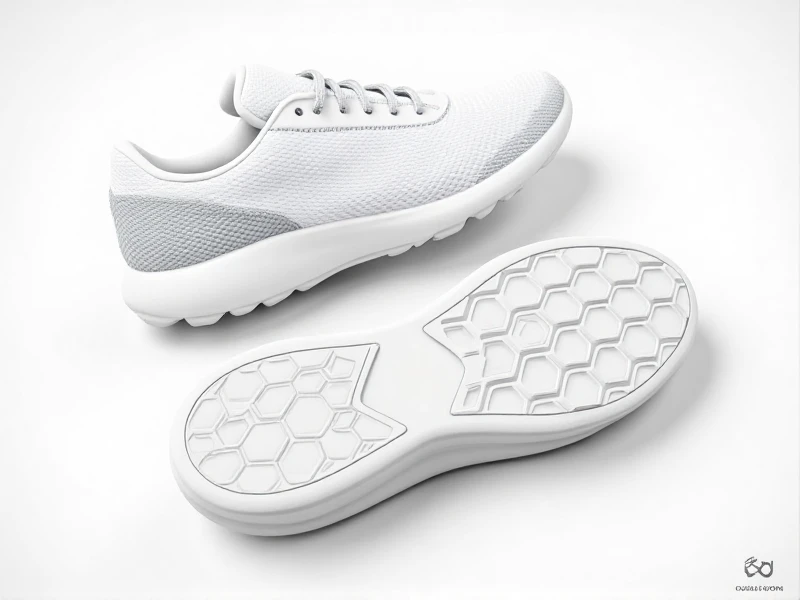
Essential Guide to Choosing Perfect Running Shoes
Here is the SEO article focusing on "running shoes":
Finding the right pair of running shoes is crucial for comfort, performance, and injury prevention. It's more than just grabbing a stylish design; it involves understanding your needs and the shoe's features. Let's break down key factors to consider when selecting your next essential gear.
Understanding Your Foot Type & Gait: The foundation starts with your biomechanics. Are you an overpronator (foot rolls inward excessively), an underpronator/supinator (foot rolls outward), or neutral? Visiting a specialty running store for a gait analysis is highly recommended. This determines whether you need running shoes categorized as neutral, stability, or motion control. Stability and motion control shoes provide support to counteract overpronation.
Considering the Running Surface: Where do you primarily run? Road running shoes are designed for pavement and offer cushioning for repeated impact on hard surfaces. Trail running shoes prioritize grip with deeper, aggressive lugs, enhanced durability to withstand rocks and roots, and often added protection around the toe and underfoot. Using road shoes on rugged trails, or vice versa, compromises performance and safety.
Prioritizing Fit & Comfort: An ideal fit is non-negotiable. Try shoes on in the afternoon or evening, as feet naturally swell during the day. Wear the socks you run in. Ensure:
- Thumb's width of space between your longest toe and the shoe's end.
- Snug but not tight fit through the midfoot and heel, preventing slippage.
- No pinching or pressure points across the top or sides. Walk and ideally jog around the store. Comfort should be immediate – you shouldn't need to "break in" modern performance running shoes.
Key Shoe Components:
- Cushioning: The level varies, from minimal to maximal. Plush cushioning absorbs impact but can feel heavy, while minimal cushioning feels lighter and more "connected" to the ground but offers less protection. Your weight and preference matter here.
- Midsole Material: Technologies like EVA foam or newer lightweight, responsive foams (TPU, PEBA) affect weight, energy return, and durability.
- Upper: Breathable mesh is standard. Look for a secure, comfortable fit without constriction.
- Outsole: Durable rubber provides traction. The pattern and flexibility influence grip and stride transition.
Maintenance & Replacement: Rotate between pairs if you run frequently to allow the midsole foam to recover, extending lifespan. Track mileage; most running shoes lose significant cushioning and support after 300-500 miles (480-800 km), depending on weight and running style. Signs include uneven tread wear and noticeable loss of bounce.
Investing time in choosing the right running shoes leads to better runs, fewer injuries, and reaching your fitness goals with greater enjoyment. Listen to your body and prioritize fit and function above fleeting trends. Lace up and chase your goals confidently!